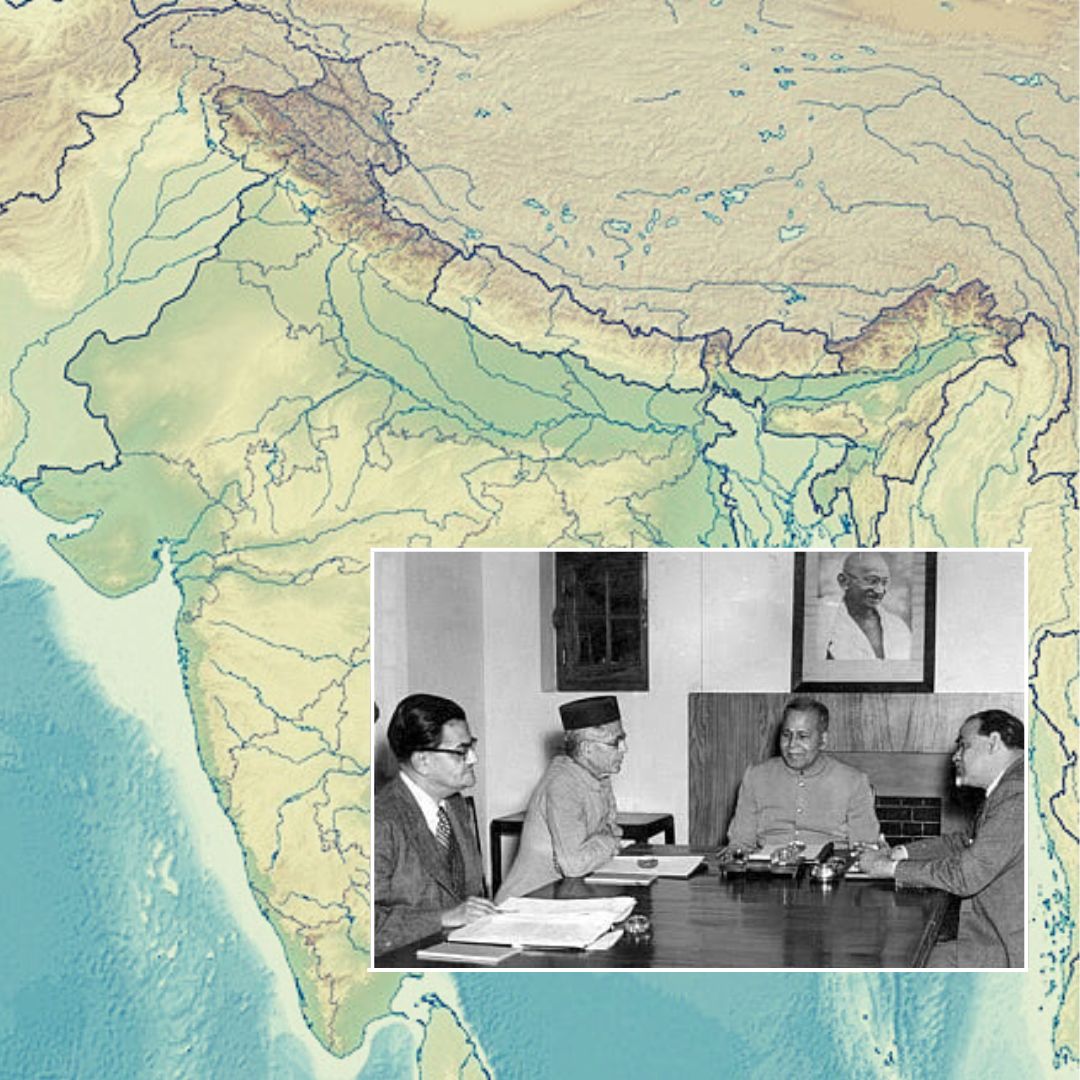State Reorganisation 1956: Revisiting The Act That Demarcated Independent India & Set Unique Identity Markers
Writer: Laxmi Mohan Kumar
She is an aspiring journalist in the process of learning and unlearning many things. Always up for discussions on everything from popular culture to politics.
India, 1 Nov 2022 8:43 AM GMT
Editor : Snehadri Sarkar |
While he is a massive sports fanatic, his interest also lies in mainstream news and nitpicking trending and less talked about everyday issues.
Creatives : Laxmi Mohan Kumar
She is an aspiring journalist in the process of learning and unlearning many things. Always up for discussions on everything from popular culture to politics.
With several states celebrating their formation day on November 1, The Logical Indian revisits the State Reorganisation Act that paved the way toward it.
After gaining their independence from the colonisers, the 500 disjointed princely states decided to revise their boundaries to form new states. The States Reorganisation Act was then put into place, enacted on August 31 1956, and made effective from November 1, 1956. It transformed the way India was governed and attached unique identity indicators through the state demarcations. As many states across India celebrate their formation day, The Logical Indian looks back at the historical committee and act that led the way.
The Need For Re-Coordination
India was earlier coordinated as 500 random, disjointed princely states under British rule. Once the Constitution was being drafted, there was a need felt to re-coordinate the country within the boundaries of a more sensible form. On 17 June 1948, the Linguistic Provinces Commission, also known as the Dhar Commission, was set up to recommend if the states should be reorganised on the basis of linguistic differentiations.
Replacing this commission, the States Reorganisation Commission took over, keeping in view the standards for reorganisation as well as the objectives of the previous committee.
The new recommendations dismissed language and culture as the sole boundary for states and conveyed that "it is neither possible nor desirable to reorganise States on the basis of the single test of either language or culture, but that a balanced approach to the whole problem is necessary in the interest of our national unity."
Based on their report, they suggested abolishing systems such as the three-tier state, institution of Rajapramukh and special agreement with former princely states, general control vested in the Government of India by Article 371, and so on.
Delegated under the then Prime Minister Jawaharlal Nehru, the recommendations were presented by its members - Fazal Ali, resigned Chief Justice of the Supreme Court, H. N. Kunzru and K. M. Panikkar.
After several debates, the parliament passed to make changes to the constitution and oversee the redesigning of the 500 princely states. The Constitution of India, which came into force on January 26, 1950, then classified states into four fundamental types - Part A, B, C, and D states. Some of these states were enlarged by adding districts from other states and some were reduced in size with the distribution.
Classification Of States And UT's
The states in 1950 were classified into four types by the Constitution- Part A, B, C, and D states. With the reorganisation, the existing terminology of Part A, Part B, Part C, and Part D states was altered. Part A and B came to be simply known as "states", while a part of the Part C and D states were termed as "Union Territory".
Parts A and B were former governors' provinces of British India and former princely or unions of princely states. These included Bihar, Assam, Bombay, Madras, Madhya Pradesh, Rajasthan, Mysore, Patiala, Hyderabad, and so on. Meanwhile, parts C and D included some of the princely states and the former chief commissioners' provinces.
Among the states that were expanded include Andhra Pradesh (merged with the Telugu-speaking regions of Hyderabad), Bombay (added with the Marathi-speaking region of the Berar Division and Nagpur Division), Kerala (merged with Travancore-Cochin state with Malabar district and Kasaragod taluk of South Canara district), Madhya Pradesh (consisted Madhya Bharat, Vindhya Pradesh, and Bhopal State), and so on.
The states that became smaller in size with the transfer of regions include Bihar, and additionally, the state of Assam was isolated into Arunachal Pradesh, Mizoram, Nagaland, and Meghalaya in subsequent years. Regions such as Jammu & Kashmir, Orissa, and Uttar Pradesh saw no boundary changes made in the year 1956.
As for Union Territories, there were six from the Part C and D classifications that were brought under the umbrella term. According to Wikipedia, this included Andaman and Nicobar Islands, laccadive, MMinicoyand Amindivi Islands, Delhi, Manipur, Tripura, and Himachal Pradesh.
These decisions that were passed were not devoid of controversies and continue to be discussed in the contemporary age, with many regions demanding autonomous states and powers.
Also Read: Know About History And Importance Of Kannada Rajyotsava
 All section
All section















